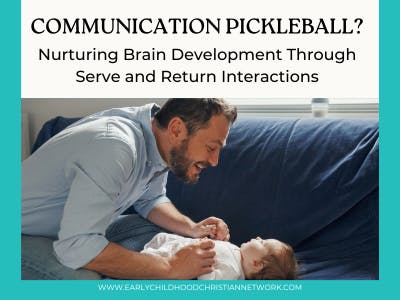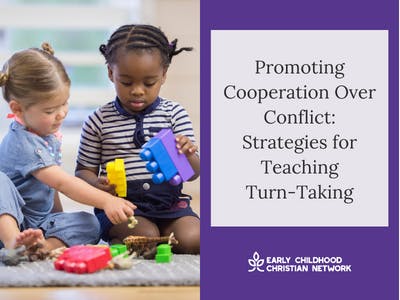The Benefits of Rough-and-Tumble Play: Why Wrestling, Chasing, and Tumbling Matter
|
Hey Reader! Some of you are a little afraid to open this newsletter! I know. Rough-and tumble play can be a little scary for a few of us. But, keep reading. I’m hoping to challenge your thinking a bit today!If you’ve ever watched young children play, you’ve likely seen them wrestling, chasing each other, or rolling on the floor in a giggling heap. This kind of physical, high-energy play—often called rough-and-tumble play—can make adults nervous. Is someone going to get hurt? Is this aggression? Should we stop it? Mike Huber, early childhood expert and author, encourages educators and parents to recognize rough-and-tumble play as an essential part of childhood. Rather than shutting it down, we should guide it—because this type of play builds crucial skills that children need for life. Here’s a short YouTube video where he demonstrates some rough-and-tumble playtime in his classroom. The video was really helpful for me in getting on-board with rough-and-tumble play IN the classroom. Now, I don’t think I’d participate in the play myself like he does in the video but I do think there is a place for children to play a little rough with each other in “safe-risky” (I think I just made that up!) ways. Keep reading… The Benefits of Rough-and-Tumble Play Social-Emotional Learning – Rough-and-tumble play teaches children how to read social cues, understand boundaries, and practice self-control. Children learn to stop when a friend says “no” or adjust their play based on their partner’s reactions. Self-Regulation & Body Control – As kids chase, wrestle, and tumble, they develop coordination and balance. They also practice controlling their strength, learning when to be gentle and when to use more energy. Problem-Solving & Communication – This type of play is full of negotiation. Who will be the chaser? Are we superheroes or animals? By working through these details together, children build communication skills and learn how to cooperate. Risk-Taking in a Safe Way – Kids need safe opportunities to test their limits. Rough-and-tumble play allows them to explore physical challenges in a controlled way, helping them build confidence and resilience. Supporting Rough-and-Tumble Play at School and at Home Set Clear Boundaries – Teach children that play-fighting is different from real fighting. Create simple rules like “Make sure your friend is having fun” and “Stop if someone says stop.” Create Space for Movement – Whether it’s an open area at school or a safe play zone at home, providing a space for active play allows kids to engage in rough-and-tumble play safely. Observe Before Intervening – It’s easy to mistake playful wrestling for aggression. Watch for smiles, laughter, and mutual participation—these are signs of positive play. Step in if emotions escalate or if a child is no longer enjoying the game. Rough-and-tumble play isn’t just a way to burn off energy— can you see how it’s an important part of development with lots of benefits? I raised three boys so I think my tolerance for a little wrestling might be higher than someone who’s raising less rowdy children or someone who doesn’t have as much experience with rough-and-tumble play. Would you be willing to thoughtfully consider if preventing all rough-and-tumble play at school is really the best for children or if you could maybe figure out ways to support it? Do you already support/allow rough-and-tumble play in your classroom/school? I’d love to get your feedback!
Cheering you on this week! -Your ECCN team
Fall Regional Conferences Confirmed!Mark your calendars! Details coming SOON!(registration opens June 1) East Texas (Tyler) – September 6, 2025 West Texas (Lubbock) – October 18, 2025 Bryan/College Station – November 8, 2025
Colossians 3:16 “Let the message of Christ dwell among you richly as you teach and admonish one another with all wisdom through psalms, hymns, and songs from the Spirit, singing to God with gratitude in your hearts.” |






